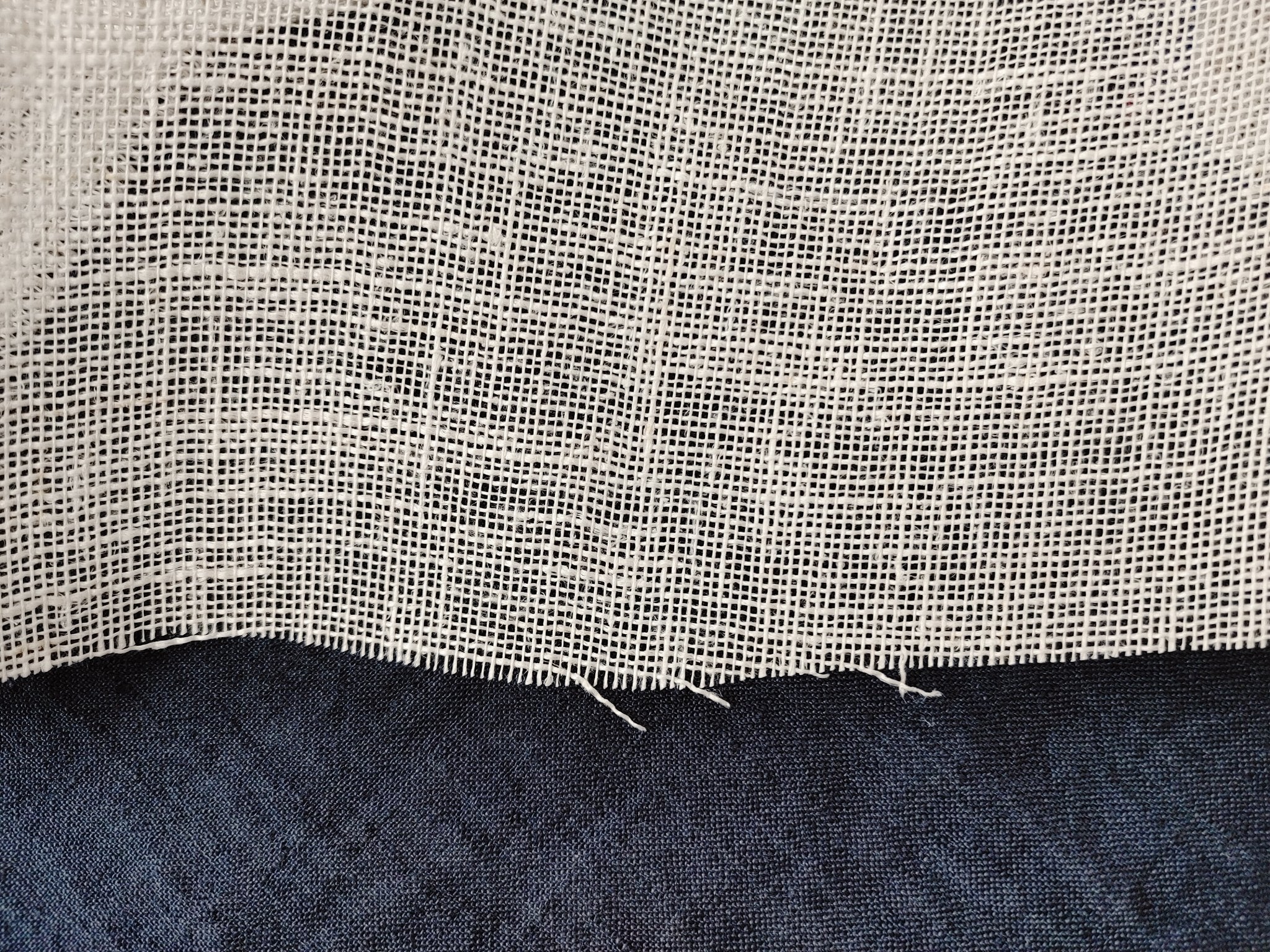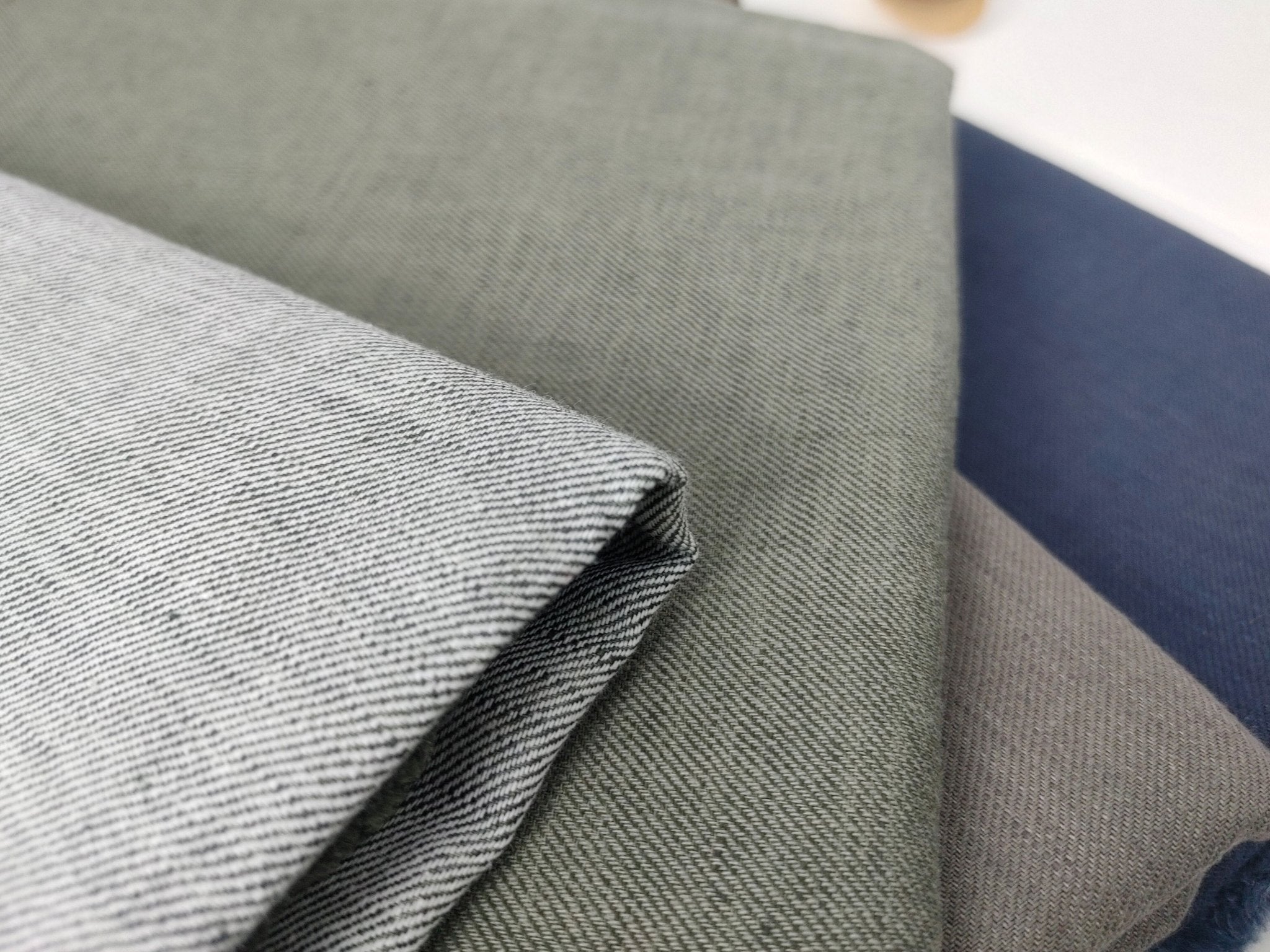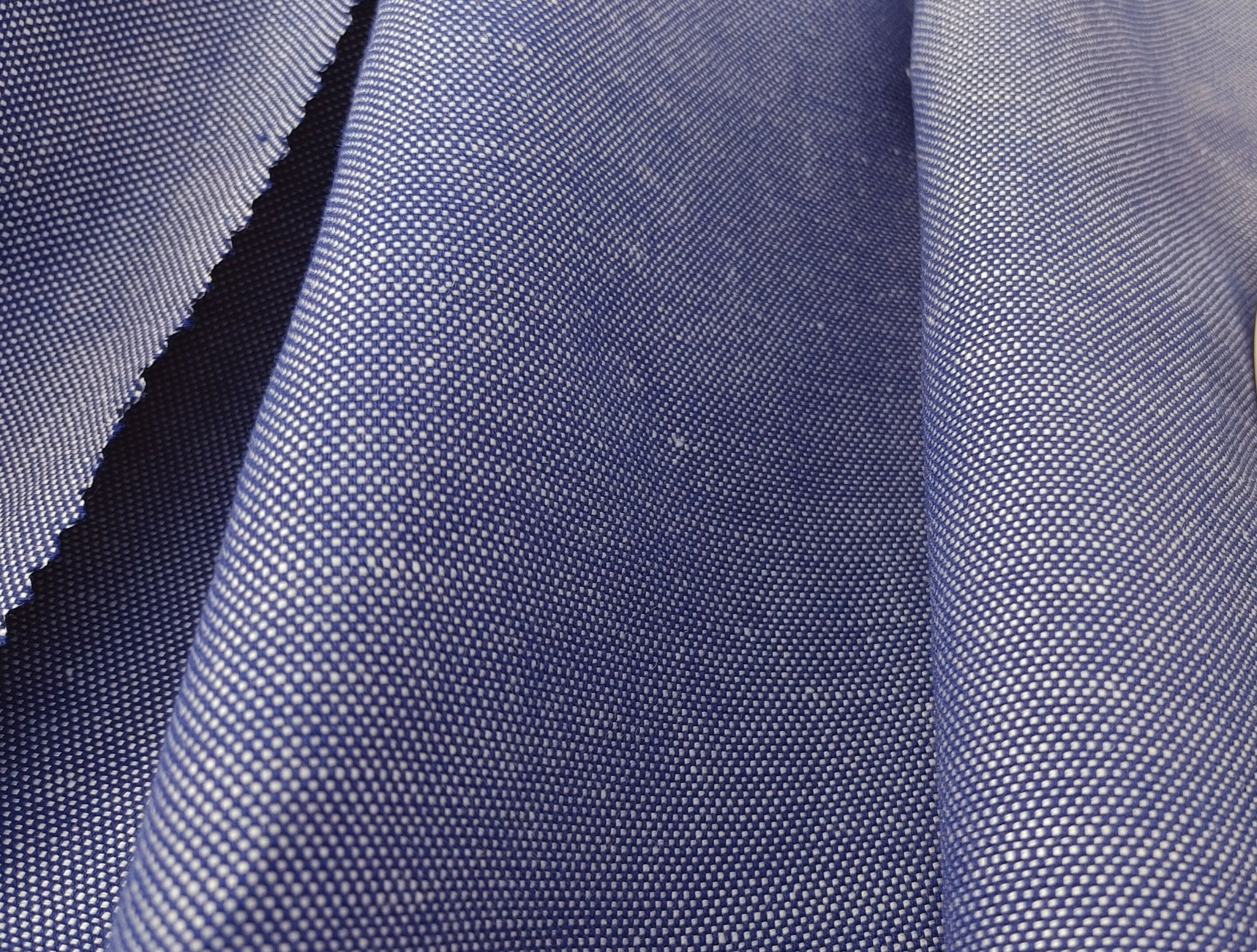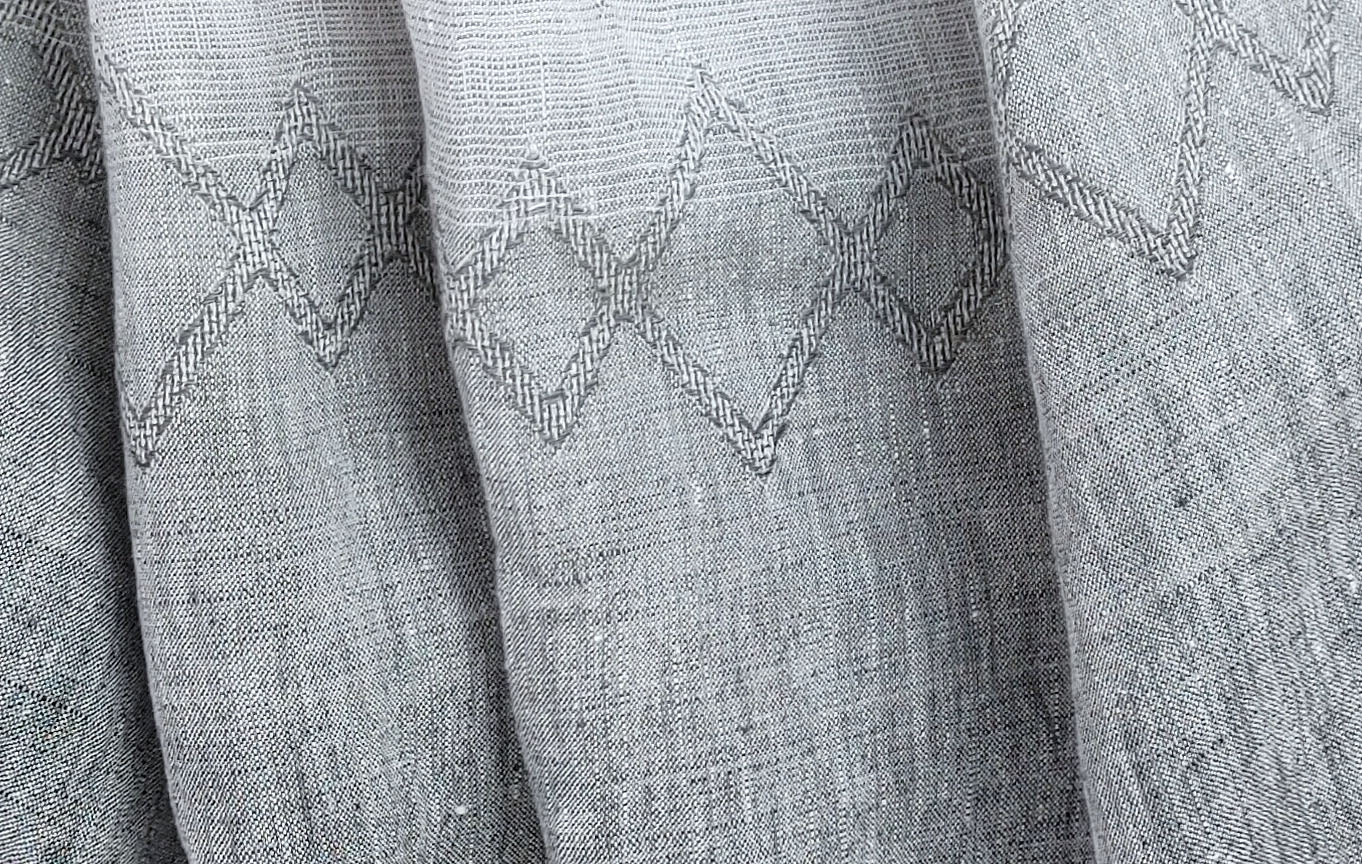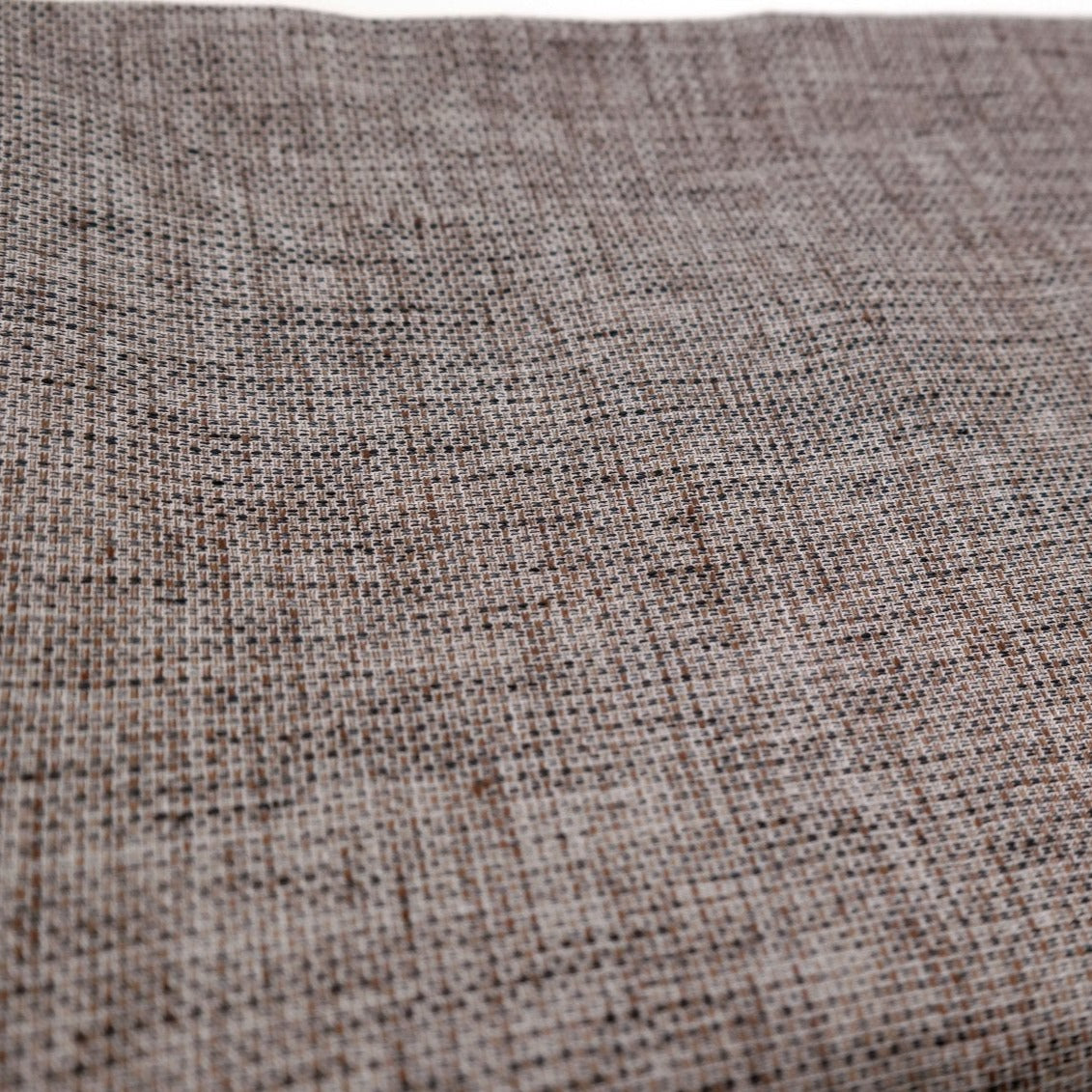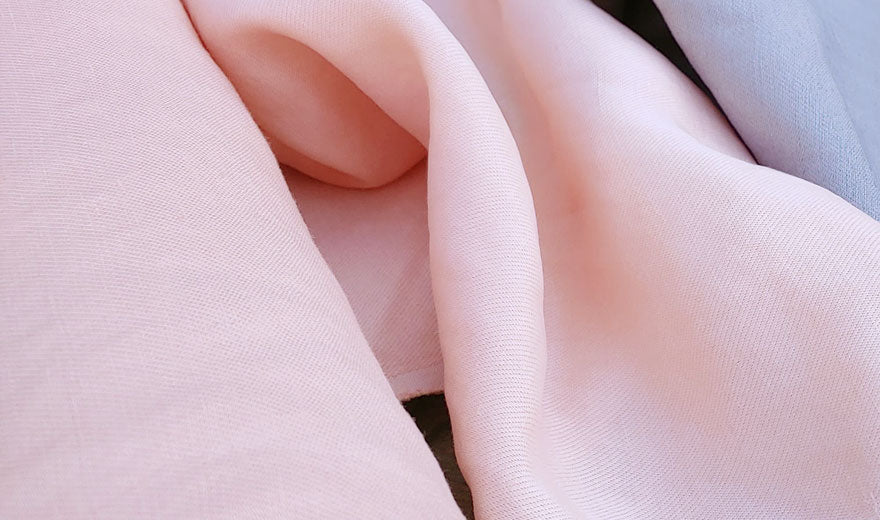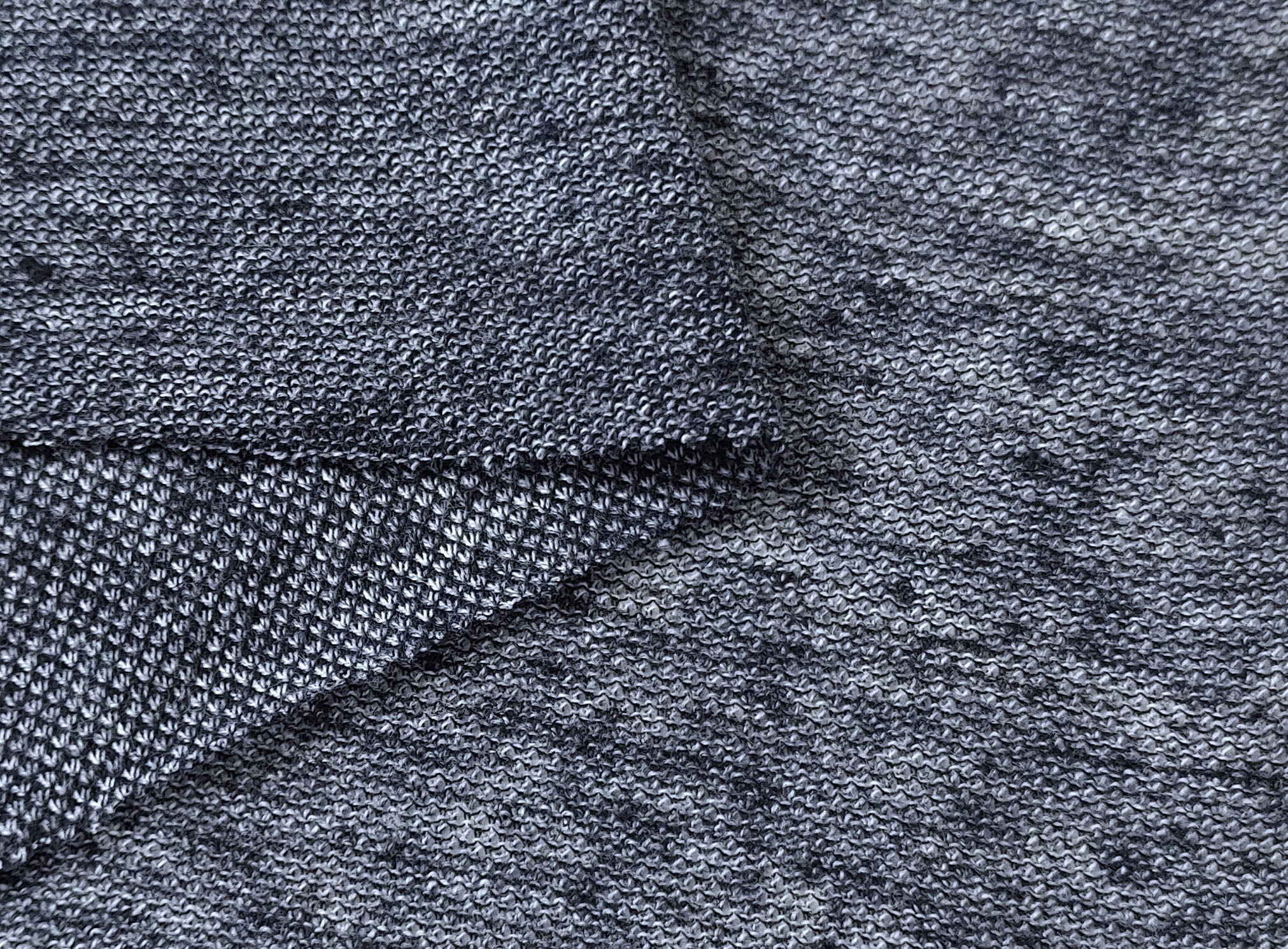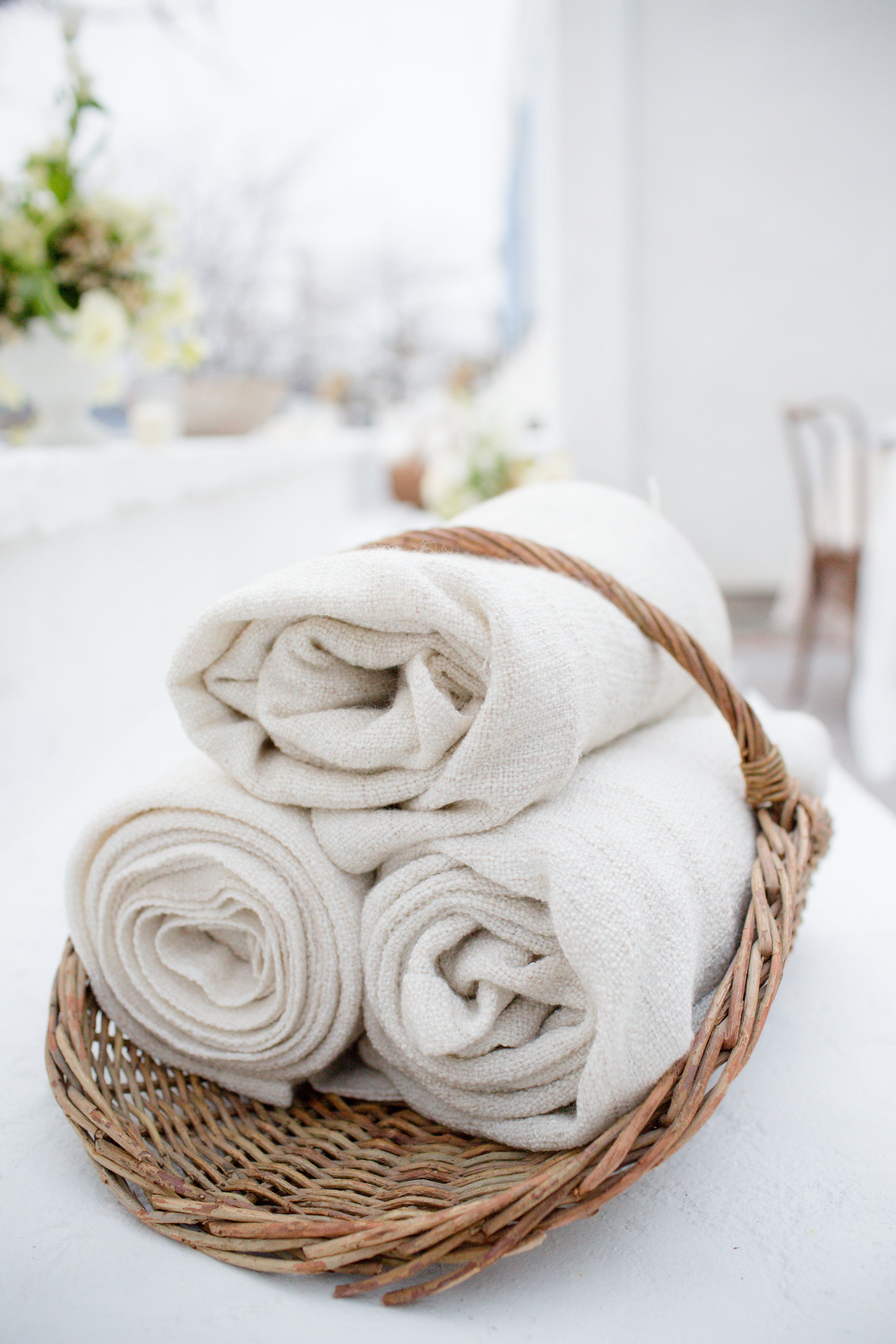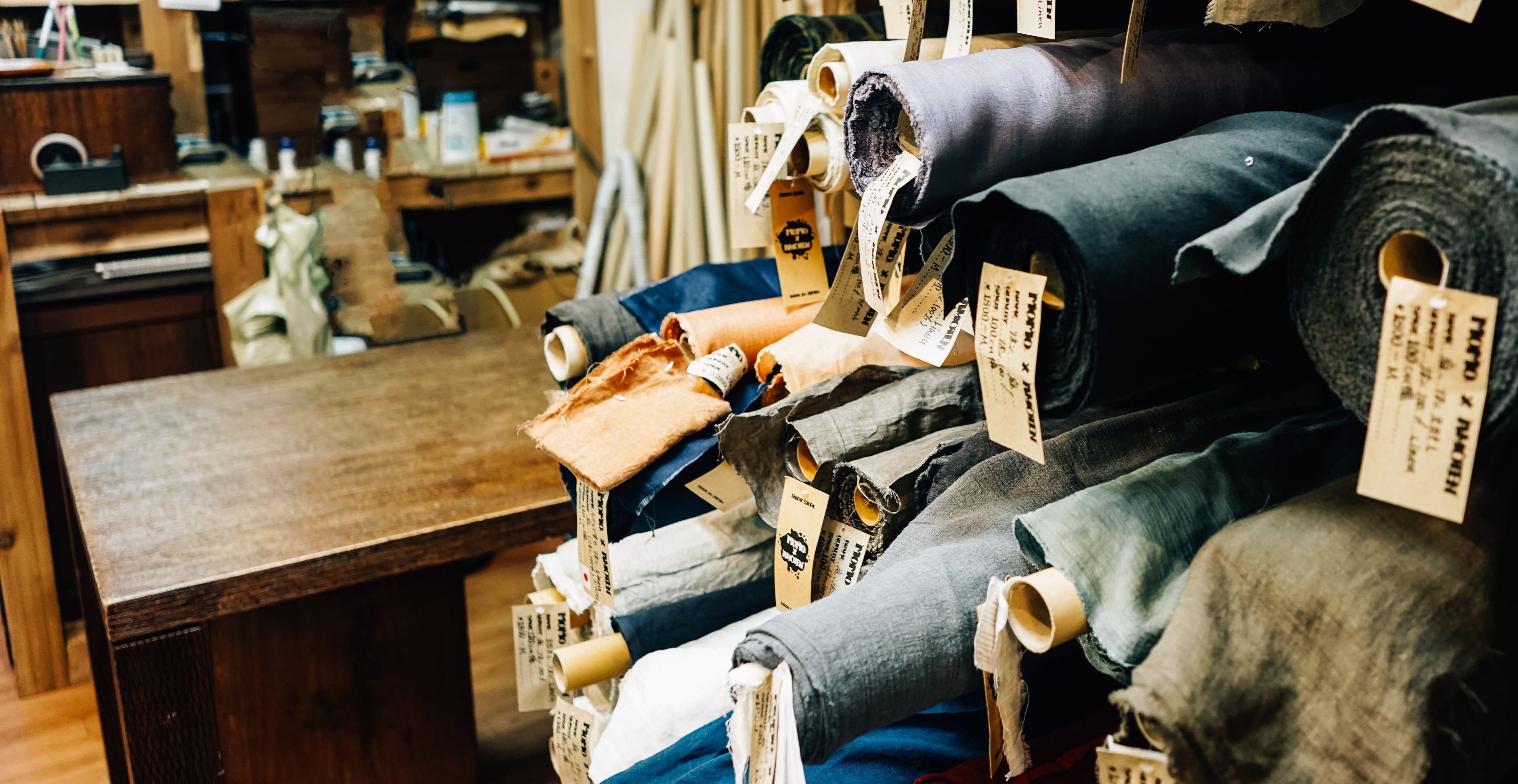Plain weave is a basic textile structure where the weft thread alternates over and under the warp threads in a simple, crisscross pattern, creating a straightforward and durable fabric.
Twill weave is a textile structure where the weft thread passes over and under the warp threads in a diagonal pattern, creating a distinctive diagonal rib or pattern on the fabric.
Herringbone twill is a weaving structure characterized by a distinctive V-shaped pattern resembling the bones of a herring fish. In this weave, the weft threads pass over and under the warp threads in a diagonal fashion, creating a textured and durable fabric with a herringbone-like design.
Dobby weaving is a type of weaving structure that uses a dobby mechanism to control the raising and lowering of individual warp threads. Unlike plain or twill weaves, dobby weaving allows for more intricate and varied patterns. The dobby mechanism, which is attached to the loom, enables the manipulation of a larger number of warp threads independently, giving weavers the ability to create complex designs, small geometric patterns, or textured effects in the fabric. Dobby weaving offers greater flexibility and versatility in producing decorative and customized textiles.
Mat weaving structure refers to a specific weaving pattern where the weft threads pass over and under 2~4 consecutive warp threads before repeating the same pattern. Similarly, the warp threads are arranged in pairs. This creates a balanced and stable structure, contributing to the overall strength and durability of the woven fabric.
Jacquard weaving uses a special loom with punched cards to control individual warp threads. This allows for intricate and detailed patterns in the fabric, making it ideal for decorative textiles like brocades and tapestries.
Tweed weaving often involves dobby weave structure. The fabric is woven with a combination of colored yarns, often in a way that creates a textured and mottled appearance. This distinctive weaving structure contributes to the unique and rugged look of tweed fabric, making it well-suited for traditional and durable clothing such as jackets and suits.
Double-face weaving involves creating a fabric where both sides display different patterns or colors. While not all double-faced fabrics are fully reversible, many offer distinct and complementary appearances on each side, providing versatility for various applications.
Satin weaving is a technique that produces a smooth and glossy fabric surface. It involves a specific weave where warp threads pass over multiple weft threads, creating a lustrous finish often used in luxurious garments and textiles.
Knit fabric is stretchy and made by looping a single yarn. It's used for comfy clothes like T-shirts and sweaters.

